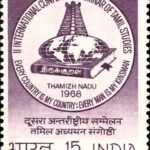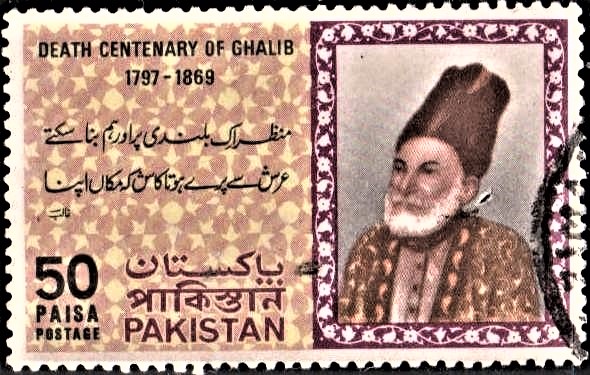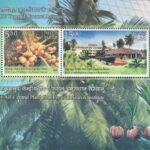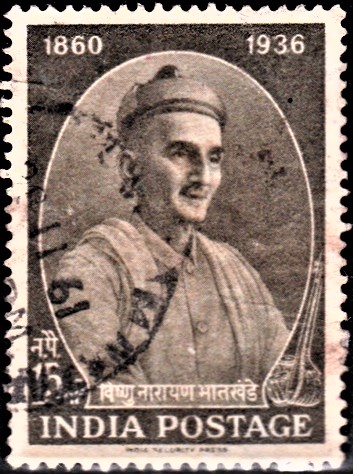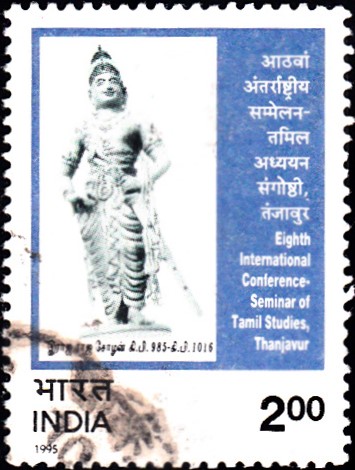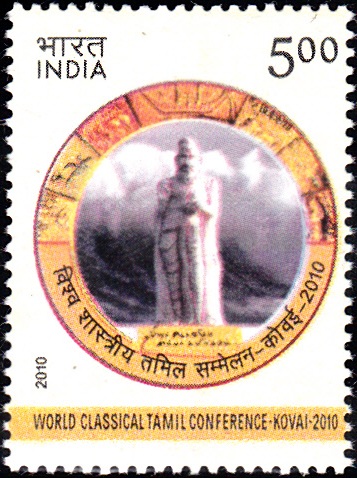
World Classical Tamil Conference – Kovai – 2010
A commemorative postage stamp on the World Classical Tamil Conference 2010, an international gathering of peoples interested in Tamil culture, language and literature :
Issued on Jun 27, 2010
Issued for : India Post is happy to issue a commemorative postage stamp on World Classical Tamil Conference.
Credits :
Stamp, FDC & Cancellation : Alka Sharma
Type : Stamp, Mint condition
Colour : Multi colour
Denomination : 500 Paise
Stamps Printed : 0.3 Million
Printing Process : Photogravure
Printer : India Security Press, Nasik
About :
- Greek and Latin were the only languages initially considered to be classical languages. In the 19th Century scholars like William Jones and Max Mueller published their translations of ancient Sanskrit literature and, with that, Sanskrit was elevated to the status of a classical language too. In 1816, noted scholar Ellis published his report and established that the Dravidian languages were different and distinct from Sanskrit and proved their separate antiquity and status. Government of India recognised Tamil as a classical language formally in 2004.
- Dr. Robert Caldwell in the later part of the 19th Century had done detailed research and proclaimed to the world that Tamil, among the Dravidian languages, was equally ancient with a distinct diction and literature without the influence of Sanskrit.
- Even before Dr. Robert Caldwell, many Tamil scholars with proficiency in Sanskrit had stated the distinct features of the Tamil language. Madava Sivagnana Munivar of 18th century AD was the first among them, who compared the diction and grammar of the Tamil and Sanskrit languages and his elaborate commentary on the prologue of the very ancient Tamil grammar Tholkappiyam deserves special mention. His research brought to light some of the features of Tamil. The morphophoneme rules, the technical terms, the implied verb, compound and other grammatical categories, the classification of words into rational and non rational categories, the classification of themes & some of the metres are a few of the unique features of the language.
- 26,350 lines of Sangam poetry promote Tamil to the rank of one of the classical languages of the world. Tamil can be justly proud of an indigenous literary theory of a very high standard including metrics and prosody, poetics and rhetoric. Sangam poetry reveals a perfect exposition of diction, distinct style, besides being complete in composition giving literary expression to an entire culture. Kamil. V. Zvelebil calls Sangam poetry a truly classical product and a classical literature. This view is endorsed by several scholars.
- In many languages such as Greek, Hebrew, Chinese, Japanese, Korean and Malay, Tamil words are often found. Professors T Burrow and MB Emneau had published their research work on the composition of Vedas which contains a lot of Tamil words in it. Kaatyayana who paraphrased Panini‘s grammar called Astadhyaayi and Patanjali said that they were seen to be proficient in Tamil as evidenced by their work. Commerce and culture were proved to have been greatly influenced by Tamils and their literature.
- Text : Based on the material provided by the proponent.
Subscribe
Login
0 Comments



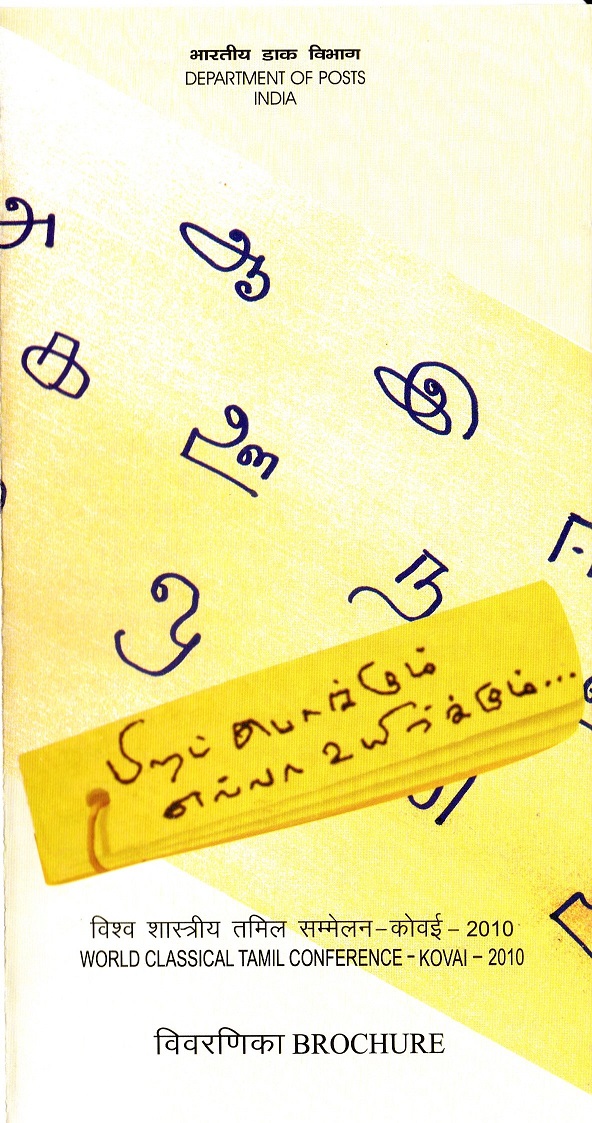 Issued by
Issued by